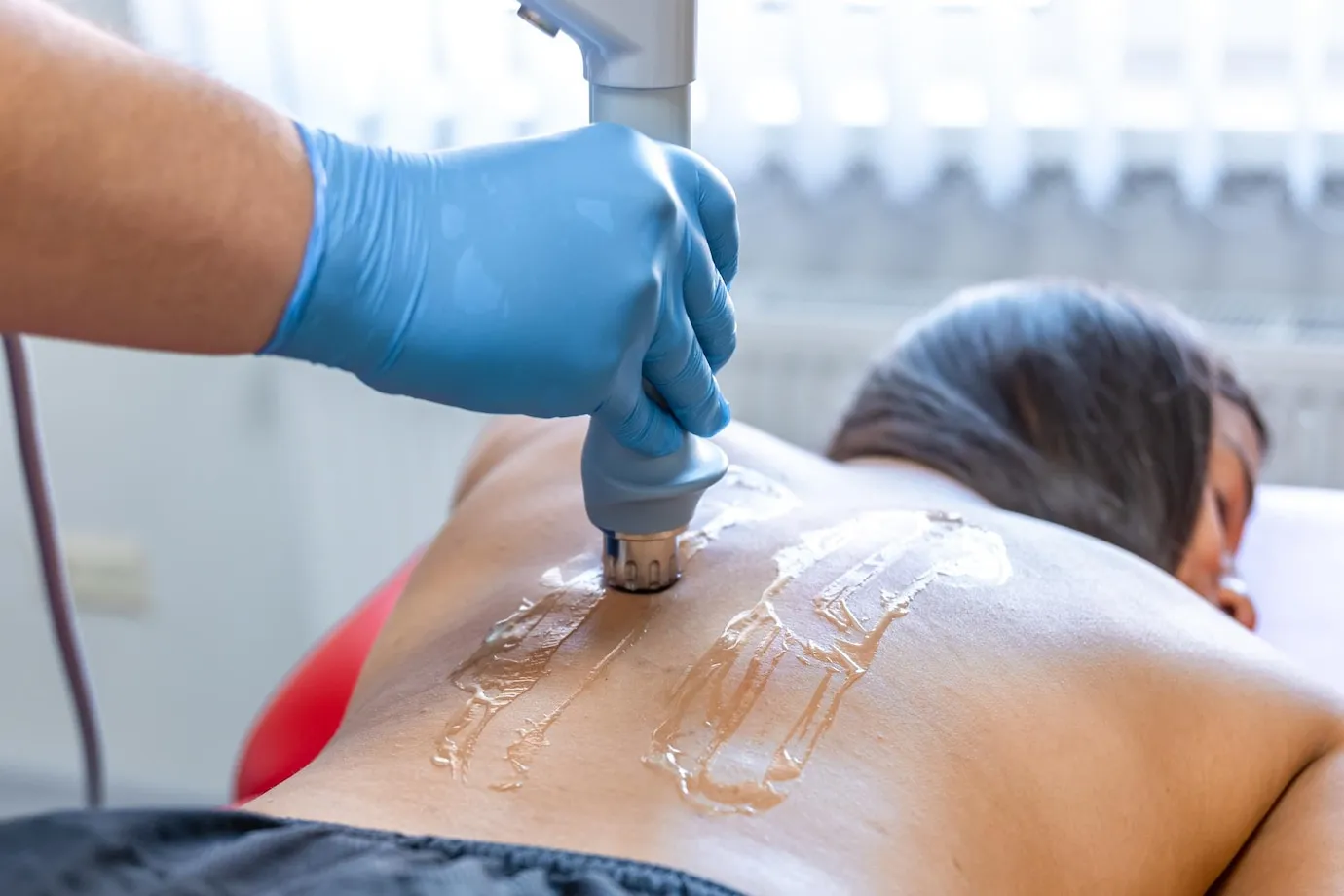In the world of elite sports, every second counts, every movement matters, and recovery is just as crucial as performance. Athletes today not only push their physical limits but also rely on advanced recovery methods to stay ahead of the game. One standout method in modern sports rehabilitation techniques is cryotherapy in sports rehab, a strategy embraced globally for its effectiveness in speeding up sports injury recovery, enhancing performance, and reducing downtime.
This article explores the role of cryotherapy in rehabilitation, particularly for elite athletes, and how it’s integrated with broader recovery strategies in elite sports to foster optimal healing and performance.
Understanding Cryotherapy in Sports Rehab
Cryotherapy, derived from the Greek word kryos meaning cold, involves exposing the body to extremely cold temperatures for a short duration. The method is primarily used to reduce inflammation, numb pain, and improve blood circulation. When utilized correctly, cryotherapy for athletes becomes a powerful tool in speeding up post-exercise recovery methods.
There are several forms of cryotherapy:
- Whole-body cryotherapy (WBC): Athletes step into a chamber cooled to -110°C to -140°C for 2-3 minutes.
- Localized cryotherapy: Targets specific muscle groups or joints using cold compresses or cryo-devices.
- Ice baths: Traditional cold immersion technique used after intensive workouts or matches.
The benefits of cryotherapy in sports are vast, ranging from cold therapy for muscle recovery to long-term improvements in athletic performance recovery.
Also Read: Discipleship: A Journey of Transformation
How Cryotherapy Supports Sports Injury Recovery

Sports injury recovery often involves inflammation, swelling, and pain, which are natural responses of the body to trauma. Cryotherapy in sports rehab addresses these challenges through several mechanisms:
- Inflammation Reduction: Cryotherapy slows cellular metabolism and constricts blood vessels, helping reduce swelling and pain.
- Pain Management: The cold temperature numbs nerves, offering instant pain relief without medication.
- Muscle Recovery: It decreases delayed onset muscle soreness (DOMS), aiding faster muscle repair.
- Improved Mobility: Reduces joint stiffness and enhances flexibility post-treatment.
Elite athletes across disciplines like football, athletics, rugby, and tennis incorporate cryotherapy as part of their post-exercise recovery methods due to these advantages.
Recovery Strategies in Elite Sports
While cryotherapy is a cornerstone, it’s not the only player in the recovery game. Comprehensive recovery strategies in elite sports include a blend of physical, nutritional, and psychological approaches:
1. Compression Therapy
Used to improve blood flow and reduce lactic acid buildup, often via pneumatic compression boots.
2. Sports Massage
Incorporating the services of the best sports massage therapists in Nairobi, sports massages alleviate muscle tightness, promote relaxation, and enhance circulation. For those seeking an affordable sports massage in Nairobi, PhysioPlus offers professional care tailored to athletic recovery.
3. Hydrotherapy
Alternating hot and cold water immersions to stimulate circulation and relax muscles.
4. Nutrition and Hydration
A tailored plan to replenish glycogen stores, reduce inflammation, and accelerate tissue repair.
5. Sleep Optimization
Critical for hormone regulation and overall athletic performance recovery.
6. Manual Therapy & Physiotherapy
Injury-specific treatments guided by certified professionals in sports therapy in Nairobi, like those at PhysioPlus, are essential for guided rehabilitation.
These techniques, when paired with cryotherapy for athletes, create a powerful framework for sustained elite performance.
Also Read: Servant Leadership: Lessons from Saul, David, and Absalom
Integrating Cryotherapy and Sports Rehab in Nairobi

In places like Nairobi, where sports performance is rapidly evolving, centers like PhysioPlus have become pioneers in providing cutting-edge sports rehabilitation techniques. Their integration of cold therapy for muscle recovery with physiotherapy, massage, and guided exercise is setting new standards in athlete care.
As more athletes seek sports massage in Nairobi, the synergy between cryotherapy and sports therapy proves vital in returning them to play faster and stronger.
Case Study: An Elite Footballer’s Recovery Journey
A prominent Nairobi-based footballer suffered a hamstring strain during mid-season. After initial diagnosis and rest, his rehab protocol included:
- Whole-body cryotherapy sessions 3 times a week
- Targeted sports massage from PhysioPlus
- Strength and mobility exercises
- Nutritional support
Within 3 weeks, he was back on the pitch. He was faster, stronger, and more resilient. This underscores how cryotherapy in sports rehab, when combined with holistic sports rehabilitation techniques, enhances recovery timelines and performance outcomes.
Frequently Asked Questions (FAQs)
1. What is cryotherapy and how does it help athletes?
Cryotherapy involves exposing the body to cold temperatures to reduce inflammation, manage pain, and accelerate muscle recovery, making it ideal for athletes post-training or injury.
2. How often should elite athletes undergo cryotherapy sessions?
Depending on the sport and intensity, 2–4 sessions per week are common, especially during peak competition phases.
3. Is cryotherapy safe for everyone?
While generally safe, individuals with cardiovascular conditions or cold sensitivity should consult a healthcare provider before use.
4. Can I combine cryotherapy with sports massage?
Absolutely. In fact, combining cryotherapy with sports massage in Nairobi has shown superior outcomes in sports injury recovery.
5. Where can I access affordable cryotherapy and sports therapy services in Nairobi?
PhysioPlus offers a range of services including affordable sports massage in Nairobi, cryotherapy, and personalized recovery plans.
Icons and a timeline could visually show how each method fits into a 7-day recovery cycle.

